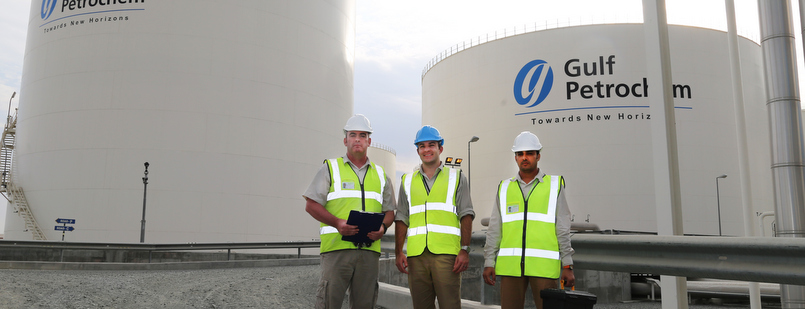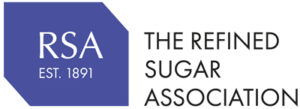
Petroleum Products
Vallis has handled over 2.8 million tonnes of petroleum products since 2006.
A significant proportion of this has come through Tanzania and the UAE. Fuel has also been managed under contracts in Kenya, Liberia, Senegal, and Uganda.
Fuel Process
In simple terms, the operation occurs as follows:
- Fuel is shipped into a destination.
- The fuel brought in is then stored (in own or hospitality tankage).
- When required it is then transported to its final destination where it is unloaded into storage tanks.
Vallis Group responsibilities Under SMA Plus:
At the site of in-take
- Receive Bills of Lading from bank.
- Liaise with surveying companies to determine actual amounts of product/s received (Final Out-Turn Figures).
- Report this information to the bank and issuing a Stock Confirmation Certificate for the product.
- Confirm the amounts of products held by dipping tankage on a daily basis.
Release Instruction
- Once the trader pays for the fuel, the bank issues a Release Instruction enabling the trading sub-contractor to draw fuel from the terminal.
- Release Instructions from the banks are received by Vallis staff, who ensure the amount specified to be released is not exceeded.
- Vallis seals are secured in place on dedicated tankage.
- Following the filling, tankers are fitted with Vallis seals
- All information regarding amounts of product sent and seal numbers are forwarded to the destination location and relayed to the bank.
- Vehicle safety check
- After passing the Safety Check, the empty tanker is weighed and the pre-filling weight is documented
- The tanker is then escorted to the gantry where filling can commence
- Each tanker compartment is dipped. Quantities for all compartments are recorded by Vallis staff
- Once all compartments are filled to the required amount, Vallis staff prepare seals to be placed onto the inlet and outlet valves (sometimes in conjunction with an authority’s seals) on the tanker to prevent theft en route.
- All top hatches are also sealed
- Once approval is given, the tanker is then escorted back to the weighbridge where it is weighed post-filling. The post-filling weight is documented and passed to Vallis staff for verification.
- All individual tanker information is recorded on an individual Vallis Despatch Advice form. Once this is complete, the tanker can begin its journey to its destination point.
On occasion, fuel is dispatched to a secondary location which can also be managed by Vallis. In these instances, Vallis Group’s responsibilities include:
- The receipt of detailed information concerning incoming tankers, as sent by Vallis staff at the intake site
- Confirmation of amounts of products held by dipping tankage on a daily basis
- Reporting this information to the bank and issuing Daily Reports on existing and receipted products(s)
- Ensuring Vallis seals are in place on dedicated tankage.
- On arrival at the secondary location, the tankers are subjected to further safety checks.
- The tanker is then directed to the on-site weighbridge where, prior to being weighed, Vallis staff check all seals on the tanker, checking also that the seal numbers present correlated with those previously sent by Vallis staff at the primary site.
- The seal numbers, along with weights, drivers; names and vehicle registration numbers, are then cross-checked against details sent from Vallis staff at the primary site.
- Once the above is checked and confirmed, the vehicle is then weighed. The weight recorded is also cross-checked against the information sent by Vallis staff at the primary site.
- The product is then sampled and taken to an on-site laboratory.
- At the on-site laboratory, the sample’s density is checked first, followed by a check for metallic elements.
- Vallis then do a final check to ensure information corresponds with documentation sent from Vallis staff at the primary site.
- Once all the information is correlated and proven to tally, the tanker is then off-loaded into storage tanks and the process managed by Vallis is concluded.



 Please wait...
Please wait...
